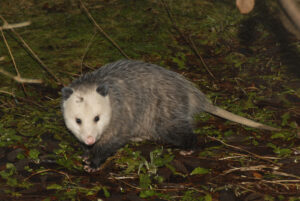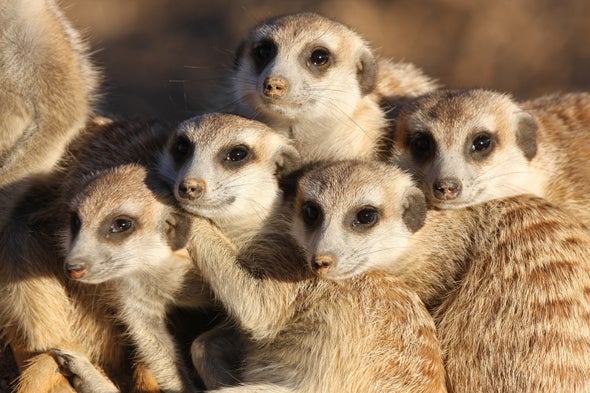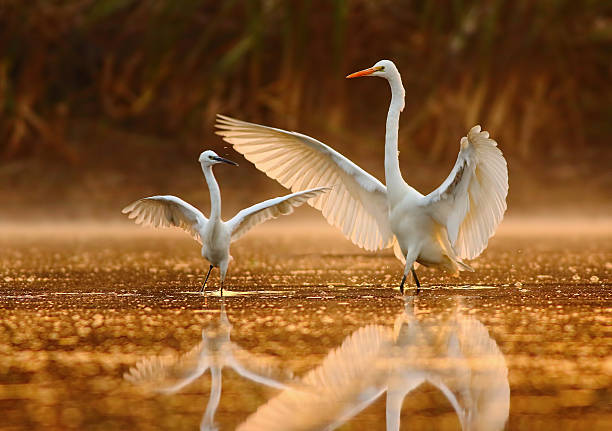Linnaeus’s mouse opossum (Common)
INTRODUCTION
Hi, I’m a Linnaeus mouse opossum. Also known as the common or murine mouse opossum. I’m a fast, agile climber. I’m a pale buff to gray on the upper parts, creamy white below, with a black face mask. My protein-filled diet includes small invertebrates, such as insects and spiders, small vertebrates such as lizards, birds’ eggs, and chicks, and some fruit. We are found near a tropical forest and rainforest, streams, and human habitation. I can rest on a day in a tree hole, old bird’s nest, or tangle of twigs among the branches. I will “play dead” if I think that I’m in danger, I will even smell as if I were dead. My breeding season starts in January and February in America. My female gave birth to 5 – 10 young in a gestation period of 12 to 13 days. My young are weaned at 60 – 80 days.
- AVG. READING TIME: 8 MINUTES
- UPDATE: 10/04/2022
DIET : Invertebrates, such as insects and spiders, small vertebrates such as lizards, birds, eggs, chicks, and some fruit
HABITAT : Tropical forest and rainforest
SOCIAL UNIT : Individual
LOCATIONS : America
STATUS / POPULATION : Least Concern (IUCN) Low-risk category that includes widespread and common species / Unknown
MAMMALS: MARSUPIALS
KEY FACTS

SCIENTIFIC CLASSIFICATION
Kingdom – Animalia
Phylum – Chordate
Class – Mammals
Order – Didelphimorphia Gill
Family – Didelphidae Gray
Genus – Marmosa Gray
Genus Species – Marmosa robinsoni Bangs
INTERESTING FACTS
1- Due to an opossum’s low body temperature and successful immune system, it’s very rare for one to carry rabies
2- A study conducted by a University of Florida researcher traces the existence of opossums as far back as the extinction of dinosaurs
-
CALLING NAMES / SCIENTIFIC NAME
Calling name: Common mouse opossum, Marmosa murina, Murine mouse, Linnaeus's mouse opossum opossum
Scientific Name: Marmosa -
COLOUR VARIATIONS
The mouse opossum's colour varies from pale gray to brown above and white to pale gray below; the darker-coloured species live in mountain forest habitats
-
LIFE SPAN : CAPTIVITY / WILD
Captivity: 4 years average
Wild: 1 - 2 years -
APPROXIMATE SIZE : LENGTH / HEIGHT
Length: 11 - 14.5cm (4.3 - 5.7 in)
Height: Estimated (2 - 3 inches) -
TAIL
13.5 - 21cm (5.3 - 8.3in) long
-
WEIGHT
21 grams
-
MIGRATION
No migration
-
SEX IDENTIFICATION
Male: Observe the lower body near the tail. The male's testicles, visible also from the side or back of the animal, become distinguishable seven days after birth, becoming large and furry. The male also has a bifurcated (fork-shaped) penis.
Female: If you find a dead possum on the road and identify it as a female, check her pouch -
BREEDING SEASON
January and February in America
-
REPRODUCTION / GESTATION PERIOD
Reproduction: Twice a year
Gestation period: 12 to 13 days -
CLUTCH / LITTER SIZE
The litter size may be as high as 10
-
SIMILAR SPECIES
Murine mouse opossum
-
LOOK A LIKE
Rats and Rodents
-
FARM ANIMAL
No
-
FOUNDED IN / DISCOVERED
Early 20th century. Although Native Americans knew the opossum well, it was the first marsupial seen by European explorers. In the late 1400s, one of Christopher Columbus' commanders found an opossum with a juvenile in her pouch and transported the animal to Spain, where its unique anatomy astonished King Ferdinand and Queen Isabella
-
ORIGIN
America
-
DISTRIBUTION
All America
-
OCCURRENCE
Families: 19
Species: 363 -
FUEL FOR LIFE / TROPHIC LEVEL
Omnivores
-
SIGNS / MARKS
If you hear noises such as hissing, shrieking, clicking, or lip smacking, you could have multiple opossums living inside. Often, it's a mother opossum communicating with her. Building exterior damage – Look for torn shingles or ripped soffits as well as damaged siding, eaves, and gutters
-
PREDATORS
Snakes, owls, and carnivorans
-
AVAILABLITY IN ZOO / MUSEUM
In Henry Doorly Zoo, Omaha, Nebraska, USA
-
TO HUMANS
Opossum are not dangerous
-
AS A PET
Not recommended
-
KIDS FAVOURITE
No





